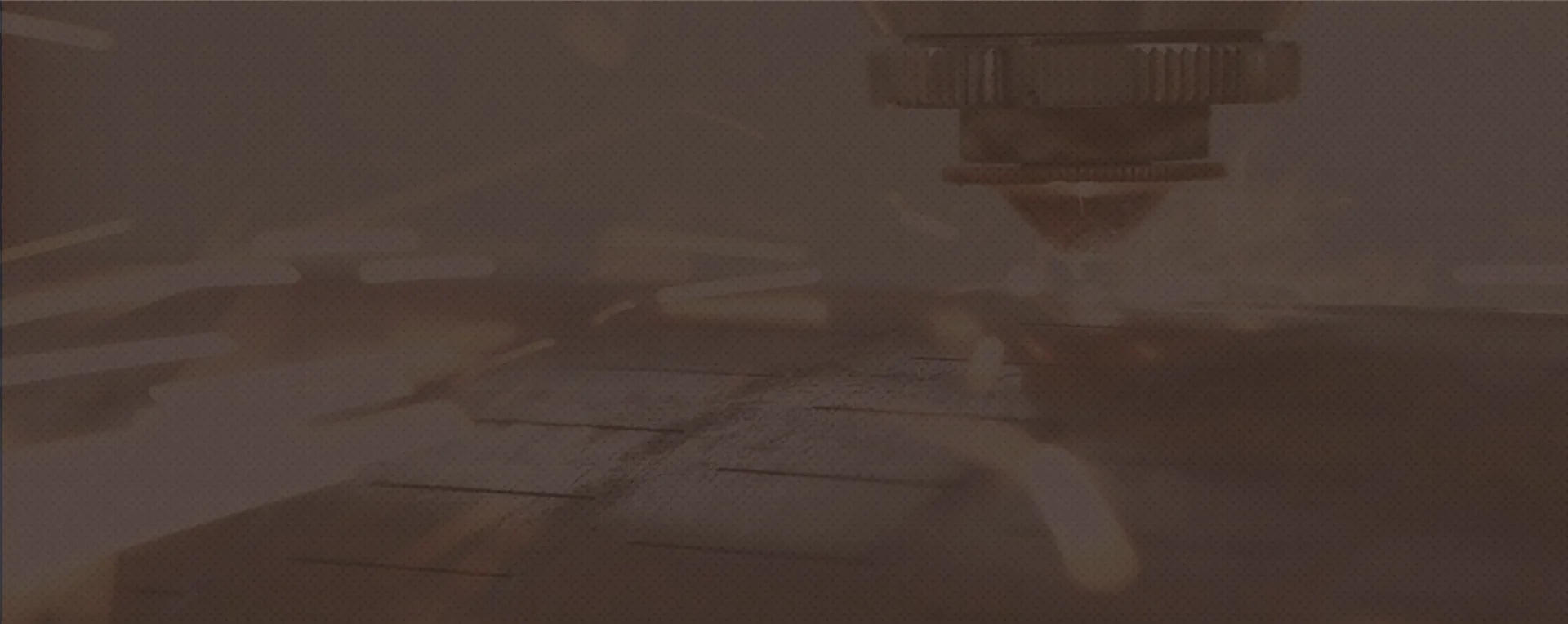drag chain
Understanding Drag Chains A Comprehensive Overview
Drag chains, also known as cable carriers, are essential components in various industrial applications that require the organized management of cables and hoses. These specialized systems facilitate the smooth and efficient movement of electrical cables, flexible hoses, and even hydraulic lines in a controlled manner, thus enhancing the longevity of the cables and reducing environmental wear and tear.
Structure and Design
A typical drag chain features a series of interconnected links that form a channel through which cables and hoses can be routed. These chains come in various configurations, including open, closed, and semi-enclosed designs, allowing users to select the most suitable option for their specific machinery or robotic arms. The materials used in manufacturing drag chains are typically robust, with options like plastic and metal available to accommodate various operational settings. High-density polyethylene (HDPE) drag chains are common due to their resistance to abrasion and chemicals, making them ideal for hostile environments.
Functionality and Applications
The primary function of a drag chain is to provide a safe and efficient pathway for cables and hoses, particularly in applications where movement is involved. For instance, in automated manufacturing lines, robotic arms often employ drag chains to keep cables organized while performing repetitive tasks. Without drag chains, cables would be prone to tangling, excessive wear, and frantic movement, potentially leading to damage or operational downtime.
Drag chains are commonly used in numerous fields, including robotics, aerospace, automotive manufacturing, and even renewable energy sectors like wind and solar power. In wind turbines, for example, drag chains help manage the extensive array of electrical wires needed to transfer energy generated from wind turbines to the grid efficiently.
drag chain

Benefits of Using Drag Chains
There are several significant benefits to utilizing drag chains in industrial applications. First and foremost, they provide improved organization. Cables that are neatly arranged within a drag chain are less likely to experience damage from abrasion or snagging, which prolongs their operational life and reduces maintenance costs. This organization also minimizes the risk of tangling, which is crucial in high-speed manufacturing environments.
Moreover, drag chains contribute to safety by reducing the likelihood of accidents caused by loose cables or hoses in working areas. By securely holding cables in position, they minimize tripping hazards and protect employees from potential injuries.
Drag chains also offer versatility. With customizable sizes and configurations available, they can be tailored to meet the unique needs of various machinery and applications. Additionally, many manufacturers produce flexible drag chains, which can adapt to movements in multiple directions, making them suitable for complex systems.
Conclusion
In conclusion, drag chains are pivotal in modern industrial infrastructure, providing essential solutions for efficient cable and hose management. Their robust design not only enhances the safety and organization of machinery but also contributes to the longevity and efficiency of industrial systems. As industries increasingly adopt automation and advanced machinery, the importance of drag chains will continue to grow, offering reliable performance and significant benefits across multiple sectors. By understanding their function and advantages, engineers and facility managers can make informed decisions that enhance operational efficiency and workplace safety.








